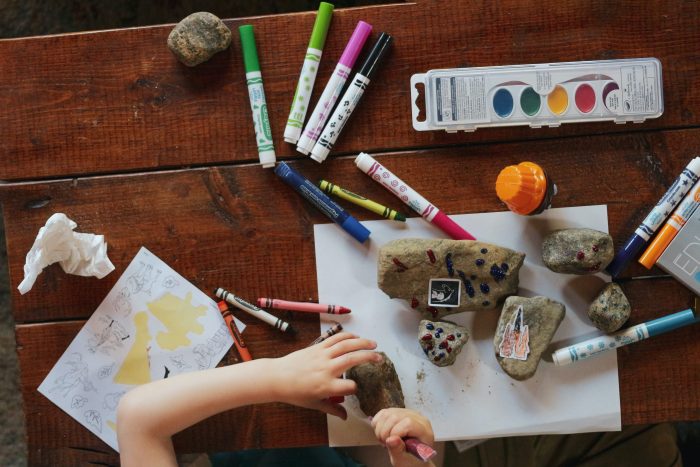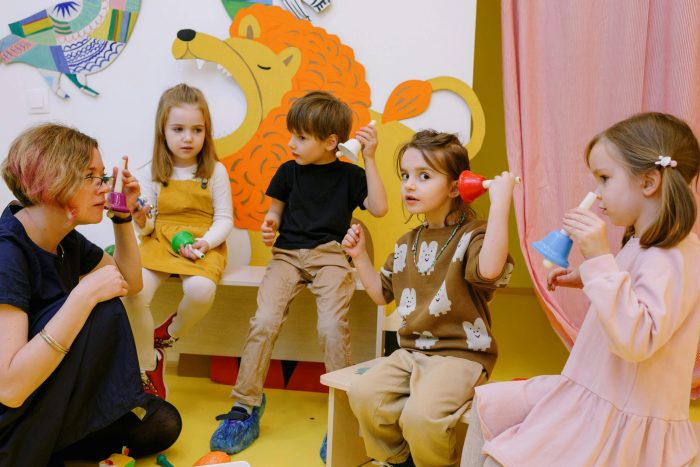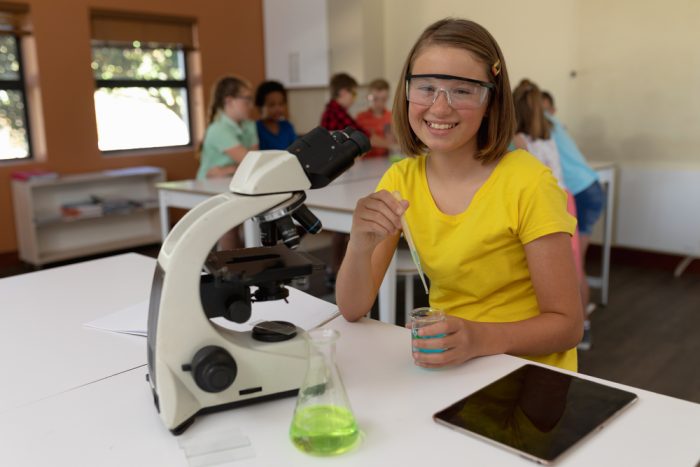Although it might not seem obvious at first (art is an emotional concept, while science is logic-based), science and art can and should go hand in hand! However, there are countless ways to encourage engaged learning through visual and art-based science activities. Likewise, many practices and processes within the art world are the result of science!! Here are a few benefits of integrating science and art, along with some tips for how to do so in your child’s homeschool education.

5 Benefits of Integrating Science and Art
Remember, art is more than just painting and crafts! When we talk about the world of art, we’re also referring to music, dance, cooking, architecture, poetry, etc.! Keep this in mind as you consider what forms of art might interest your student.
1. Increases Hands-On Learning

At Journey Homeschool Academy, we talk a lot about the importance of visualizing science concepts. Science often gets a bad rap because there can be so much reading, memorization, and complicated concepts to keep track of. By adding experiments and hands-on activities, science can suddenly become engaging and, dare we say, fun?!
If you have a high schooler, check out this list of projects that combine art and science.
2. Encourages Communication Skills
This benefit may seem a little less obvious at first, but let us explain! Art encourages expression, whether it be through a painting, a poetic speech, or a carefully crafted piece of pottery. Science, on the other hand, is logical and direct, with little room for emotion. By integrating art and science, your less expressive students will have more tools to communicate scientific concepts they have learned, while your more artsy kids can use their creative outlets to communicate parts of science that they previously found difficult to understand.
3. Promotes Scientific Literacy and Real-World Applications

Science has made a huge impact on the world in so many different ways. It has affected history, technology, math … and art! By integrating science and art, your student will have a better understanding of how science impacts the art world (and vice versa!) For example, how does our brain send signals to our arms and legs when we are dancing? What role does gravity play when we dance? These are two questions that open the door to integrating science and art both inside and outside the classroom.
Trying out a new recipe? Let your student jump in and help for a learning opportunity in both culinary arts and chemistry! Cooking is both an art and a chemical reaction, and it’s a great way to apply an everyday skill to a homeschool education!
If your student is an “artsy kid,” you’ll want to read this blog post about ways to engage artsy kids in science!
4. Spurs on Creative Thinking
Although we want to encourage our students to learn the correct scientific methods and foundations, we also want to encourage them to think outside the box! This includes asking difficult questions, suggesting controversial hypotheses, and challenging what the textbook says. With art, the imagination can run wild, so by integrating science and art, you are inspiring creative thinking!
As the teacher, it’s important that you remain positive, even if your student’s creative thinking seems a bit too out of the box. Children’s brains are constantly growing and learning, so we need to be supportive of that and let them come up with some crazy, over-the-top concepts!
5. Boosts Academic Achievement

When students are actually interested in what they’re learning about, they are more likely to succeed in academics! Integrating science and art can help your student better grasp topics that might otherwise be difficult to comprehend. As they become firmer in their understanding of these topics, they will be a more successful student overall! They might even score higher on tests!
Confidence can greatly boost academic achievement.

Ready to Experience the Benefits of Integrating Science and Art?
Journey Homeschool Academy is here to show you and help you! Our video-based science curriculum already integrates science and art through carefully planned experiments and activities, engaging video lessons, and reading assignments that go above and beyond the traditional textbook. We’ve done the prep work, and now you and your homeschool student(s) can experience the benefits of integrating science and art!
